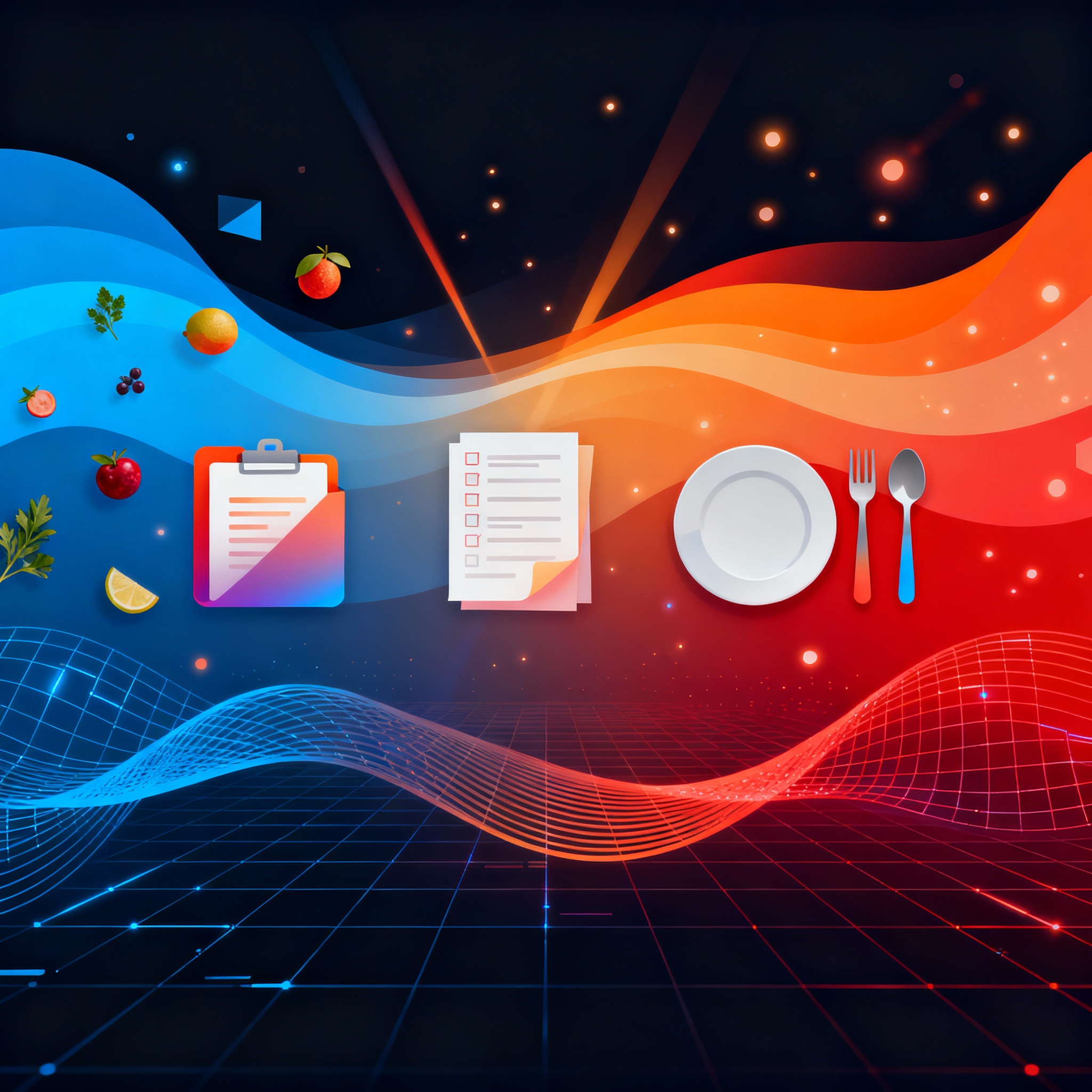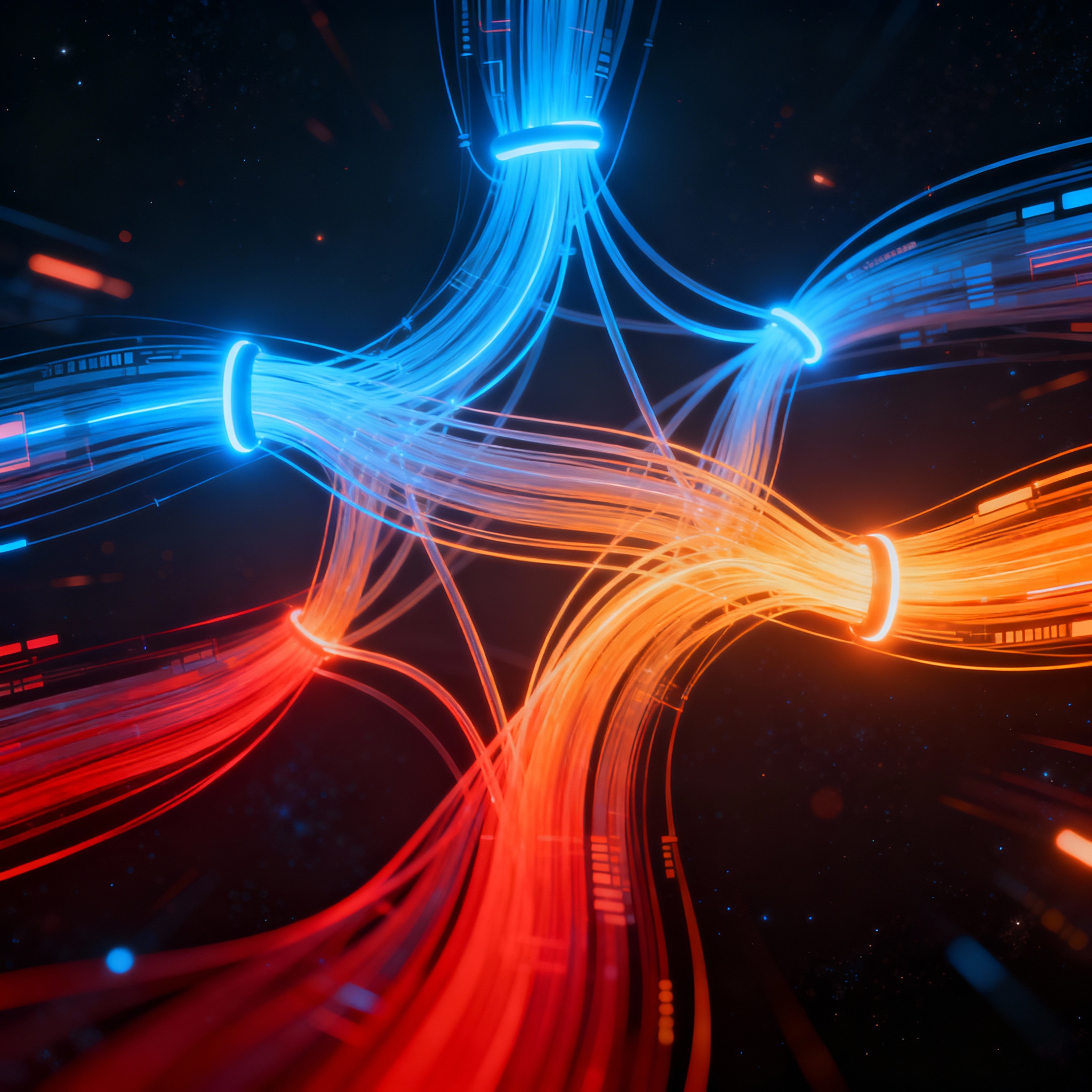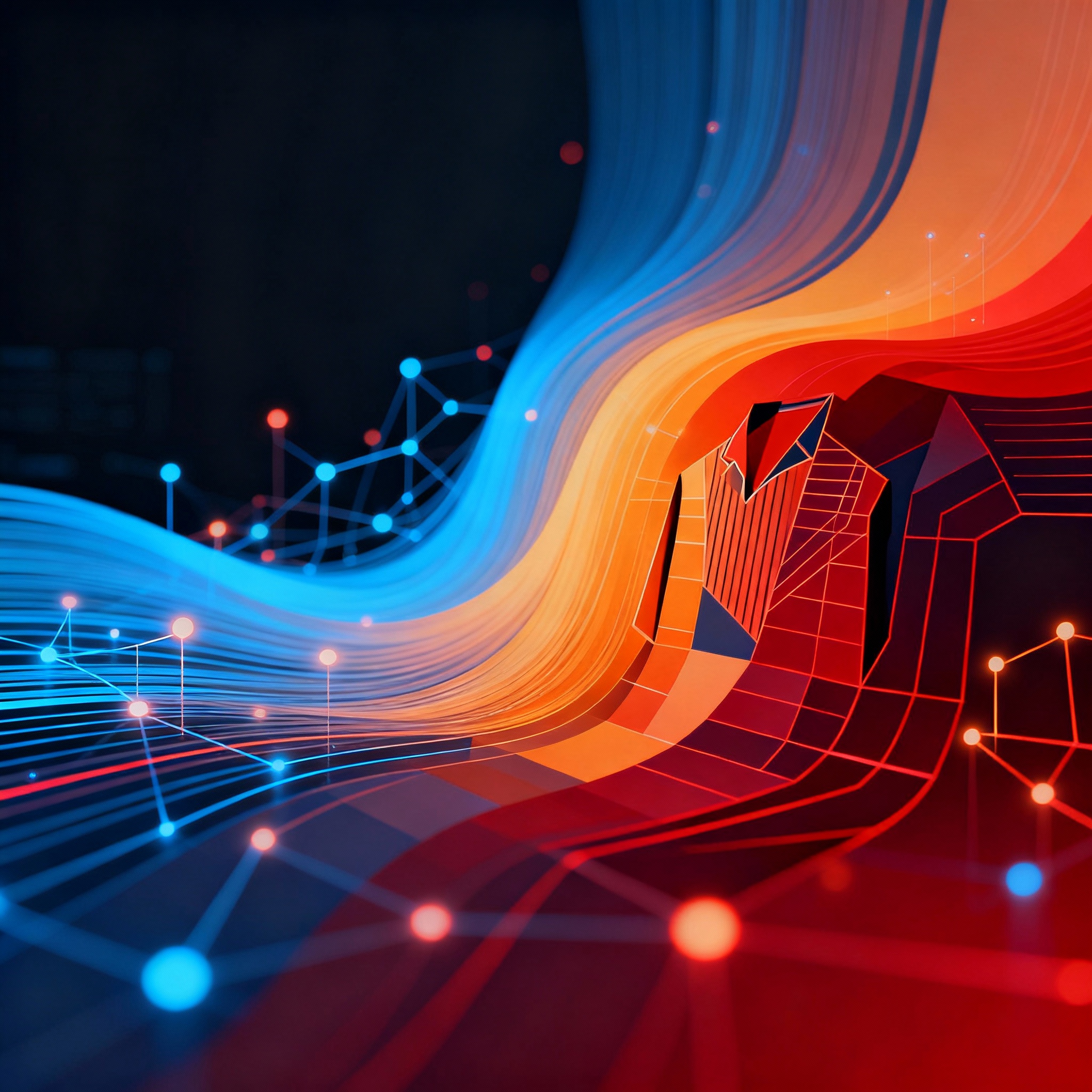
The Restaurant Menu Management Challenge RAG Was Built to Solve
The Restaurant Menu Management Challenge RAG Was Built to Solve
Picture a bustling restaurant kitchen during peak hours: chefs scrambling to adjust recipes based on seasonal ingredients, while front-of-house staff field questions about menu items that have changed overnight. This chaos isn't uncommon—many eateries grapple with outdated menus, inconsistent recipes, and the need for quick adaptations to dietary trends or supply issues. Enter Retrieval-Augmented Generation (RAG), a technology that's proving invaluable for tackling these exact problems in restaurant menu and recipe management.
RAG works by pulling relevant information from a knowledge base and using it to generate precise responses or content. In the context of restaurants, this means AI systems that can retrieve data from menus, recipes, and even customer feedback to create updated materials on the fly. But why does this matter? With the rise of online ordering and personalized dining experiences, efficient management isn't just a nice-to-have—it's essential for staying competitive.
Understanding the Core Challenges in Menu and Recipe Handling
Restaurants face a trio of persistent issues when it comes to menus and recipes. First, menus need frequent updates to reflect availability, pricing, or new offerings, but manual revisions are time-consuming and error-prone. Second, recipes must be scalable and adaptable—think adjusting portions for large groups or substituting ingredients for allergies. Third, personalization is key in today's market, where customers expect recommendations tailored to their tastes or restrictions.
These challenges amplify in larger operations or chains, where consistency across locations is crucial. A study on AI in restaurants highlights how outdated systems lead to lost revenue and customer dissatisfaction according to the Popmenu AI in Restaurants Report. By integrating RAG, restaurants can automate much of this process, ensuring accuracy and speed.
Consider a mid-sized bistro dealing with seasonal produce. Without advanced tools, updating a menu might involve hours of redesign and reprinting. RAG changes that by retrieving current inventory data and generating revised menu descriptions automatically. This isn't futuristic—it's happening now, as seen in tools that convert physical menus into digital formats ready for online ordering like those described in Vellum's use case on menu conversion.
How RAG Enhances Recipe Generation and Management
At its heart, RAG combines retrieval mechanisms with generative AI models. The retrieval component searches a database for relevant documents, while the generation part crafts new content based on that info. For recipes, this means pulling from a vast repository of ingredients, cooking techniques, and nutritional data to create or modify recipes intelligently.
One practical application is in smart kitchen assistants. These systems can suggest recipe variations based on available ingredients, reducing waste and boosting creativity. For instance, if a chef inputs "chicken, broccoli, low-carb," RAG could retrieve base recipes and generate a customized keto-friendly version. Research into machine learning for recipe generation supports this approach, showing how AI can produce coherent, nutritious meal ideas as explored in this Atlantis Press article on AI-powered recipe generators.
Beyond generation, RAG excels in management. It can track recipe versions over time, ensuring that all staff access the latest iterations. This is particularly useful for training new hires or maintaining standards in franchise models. A comprehensive survey on AI-powered kitchen assistants delves into how such systems provide intelligent cooking guidance, making recipe management more intuitive detailed in this IJRASET survey on smart chef systems.
Implementing RAG for Menu Optimization
To bring RAG into a restaurant's workflow, start with data preparation. Build a robust knowledge base including digitized menus, recipe archives, supplier lists, and customer reviews. Tools like vector databases (e.g., Pinecone or Weaviate) can store this data for efficient retrieval.
Next, integrate a generative model such as those from OpenAI or Hugging Face. The RAG pipeline would look something like this:
- Query Processing: A user asks, "Update the vegan menu options."
- Retrieval: Search the database for vegan recipes and current menu items.
- Augmentation: Feed retrieved data into the generator.
- Output: Produce an updated menu section with descriptions, prices, and images if applicable.
In code, a simple Next.js setup for a RAG-based chatbot might involve:
import { PineconeClient } from "@pinecone-database/pinecone";
import OpenAI from "openai";
async function ragQuery(query) {
const pinecone = new PineconeClient();
await pinecone.init({ /* credentials */ });
const index = pinecone.Index("menu-recipes");
// Retrieve relevant docs
const results = await index.query({ queryEmbedding: /* embed query */ });
// Generate response
const openai = new OpenAI({ /* apiKey */ });
const response = await openai.chat.completions.create({
model: "gpt-4",
messages: [{ role: "user", content: `Based on: ${results} ${query}` }]
});
return response.choices[0].message.content;
}
This snippet illustrates a basic RAG flow, adaptable for menu updates. For SaaS businesses building such tools, platforms like ChatRAG provide a Next.js boilerplate that simplifies deploying chatbot agents for restaurant clients, handling everything from user authentication to scalable queries.
Real-world implementations show promise. Updates on cooking recipe generation with ML and NLP indicate that RAG-like systems improve recipe accuracy and creativity as outlined in this IEEE paper on recipe generation advancements. Similarly, industry reports from ACL discuss practical AI applications in food services covered in this Scribd document on ACL industry insights.
Actionable Insights for Restaurant Owners
Ready to implement RAG? Here are some steps:
- Assess Your Needs: Identify pain points, like frequent menu changes or recipe inconsistencies.
- Choose Tools: Opt for user-friendly platforms that support RAG without heavy coding.
- Test Iteratively: Start with a small menu section, gather feedback, and refine.
- Ensure Compliance: Handle data privacy, especially with customer preferences.
For example, a cafe could use RAG to generate daily specials based on inventory, retrieving popular items from past sales data and creating appealing descriptions. This not only saves time but also increases upsell opportunities.
Challenges do exist, such as ensuring the retrieved data is up-to-date or handling ambiguous queries. Mitigation strategies include regular database refreshes and hybrid models that incorporate human oversight.
The Broader Impact on the Restaurant Industry
Adopting RAG isn't just about efficiency—it's about innovation. Restaurants using AI for menu and recipe management report higher customer satisfaction and reduced operational costs. Imagine a system that not only updates menus but also predicts trends, like rising demand for plant-based options, by analyzing external data sources.
Looking ahead, RAG could integrate with IoT devices in smart kitchens, retrieving real-time appliance data to adjust recipes. This convergence points to a future where AI assistants are as common as kitchen timers.
Key Takeaways
In summary, RAG addresses the core challenges of restaurant menu and recipe management by enabling accurate retrieval and creative generation. From automating updates to personalizing experiences, it's a tool that empowers owners and staff alike. By incorporating RAG into your operations—perhaps via a customizable SaaS like ChatRAG—you can streamline processes and focus on what matters: delivering great food. As research continues to evolve as seen in ongoing studies on AI in culinary applications, the potential for RAG in this space is only growing.
Ready to build your AI chatbot SaaS?
ChatRAG provides the complete Next.js boilerplate to launch your chatbot-agent business in hours, not months.
Get ChatRAGRelated Articles

How the Wine Industry Uses RAG for Personalized Pairing Recommendations
In the wine industry, pairing recommendations have evolved from expert intuition to AI-driven precision. Retrieval-Augmented Generation (RAG) integrates vast databases of flavors and cultural preferences to deliver personalized suggestions. This post examines real-world applications, from apps to research, showing how RAG transforms user experiences.

Streamlining Dental Operations: The Power of Retrieval-Augmented Generation
In the fast-evolving world of dental care, Retrieval-Augmented Generation (RAG) is emerging as a key tool for improving efficiency and accuracy. This blog explores how RAG integrates with dental workflows, offering real-world examples and expert insights. Whether you're a practitioner or tech enthusiast, see how RAG can elevate practice management.

Decoding Fashion's Future: RAG's Edge in Trend Analysis and Smart Recommendations
In the fast-paced world of fashion, staying ahead of trends is crucial. Retrieval-Augmented Generation (RAG) is emerging as a game-changer, enabling AI systems to analyze vast datasets for precise forecasts and tailored suggestions. This post explores practical applications, from viral trend detection to personalized styling, and how tools like ChatRAG can streamline implementation.